With temperatures above 1,000 degrees Celsius, very few objects can stop the flow of volcanic lava.
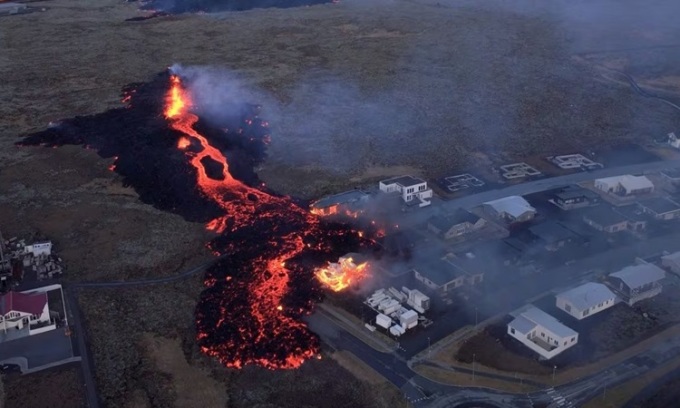
Lava flows from a volcano, setting houses on fire in Grindavik on January 14. Photo: Bjorn Steinbekk
Lava flows erupted from the Sundhnúkur volcanic system in southwestern Iceland on January 14, 2024. Lava blocked several roads and seeped from a new fissure into the suburbs of the coastal town of Grindavík, burning at least three homes in its path. Nearby, construction vehicles that had been working for weeks to build earthen dams and barriers in an attempt to divert the lava flow were forced to retreat, according to Popular Science .
Humans have tried many different ways to stop lava in the past, from trying to freeze it in place with seawater to using explosives to block its supply and building barriers. It’s too early to say whether Iceland’s earth dam will be successful in saving the town of Grindavík, home to about 3,500 people, and the nearby geothermal power plant. But the most successful attempts to stop or divert lava have involved building barriers like the one in Iceland.
Lava is a slow-moving, viscous liquid similar to asphalt. It is subject to gravity, so like other liquids, it will flow from high to low along the steepest slope. With molten rock temperatures often exceeding 1,000 degrees Celsius, few objects can block the path of lava.
Freeze lava on the move
In 1973, Icelanders attempted the most famous “lava freezing” experiment. They used water jets from a flotilla of small boats and fishing boats to protect the community on the island of Heimaey from lava from the Eldfell volcano. The lava flow threatened to close a harbor vital to the region’s fishing industry. The eruption ended before authorities could fully assess the success of the measure, but the harbor was not destroyed.
Dealing with lava with explosives
Hawaiians used explosives dropped from airplanes in 1935 and 1942 to stop lava flows from Mauna Loa that threatened the town of Hilo on the Big Island. The idea was to block the channels, or lava tubes, within the volcano that brought lava to the surface. None of the attempts were successful. The explosives created new channels, but the new lava flows quickly merged with the existing ones.
Lava Barriers and Diverters
Recent efforts have focused on a third option: building dams or trenches to divert lava flows down a different slope. Successes have been mixed, but diversions are successful if they can channel the lava into a separate area where it will flow naturally without threatening other communities. However, many attempts to divert lava have failed. For example, barriers built in Italy to block lava from Mount Etna in 1992 slowed the flow but eventually the lava overran them.
Iceland's Lava Diversion Efforts
Icelandic authorities evacuated Grindavík residents in November 2023 after a series of earthquakes revealed a nearby volcanic system was active again. Construction began soon after on a barrier protecting the town and nearby critical infrastructure, the Svartsengi geothermal power plant. Work was halted in mid-December when the first eruption occurred 4km northeast of Grindavík, but resumed in January 2024. Construction was still ongoing when magma rose to the surface again on January 14.
Redirecting lava in this area is difficult, in part because the land around Grindavík is relatively flat. That makes it more challenging to identify a clear alternative route to divert the lava. On January 15, Icelandic authorities reported that most of the lava from the main fissure was flowing outside the barrier, but a new fissure had opened inside the perimeter, allowing lava to flow into residential areas, so Grindavík remains at risk.
An Khang (According to Popular Science )
Source link


![[Photo] Vietnam and Brazil sign cooperation agreements in many important fields](https://vstatic.vietnam.vn/vietnam/resource/IMAGE/2025/3/28/a5603b27b5a54c00b9fdfca46720b47e)

![[Photo] General Secretary To Lam receives Brazilian President Luiz Inácio Lula da Silva](https://vstatic.vietnam.vn/vietnam/resource/IMAGE/2025/3/28/7063dab9a0534269815360df80a9179e)
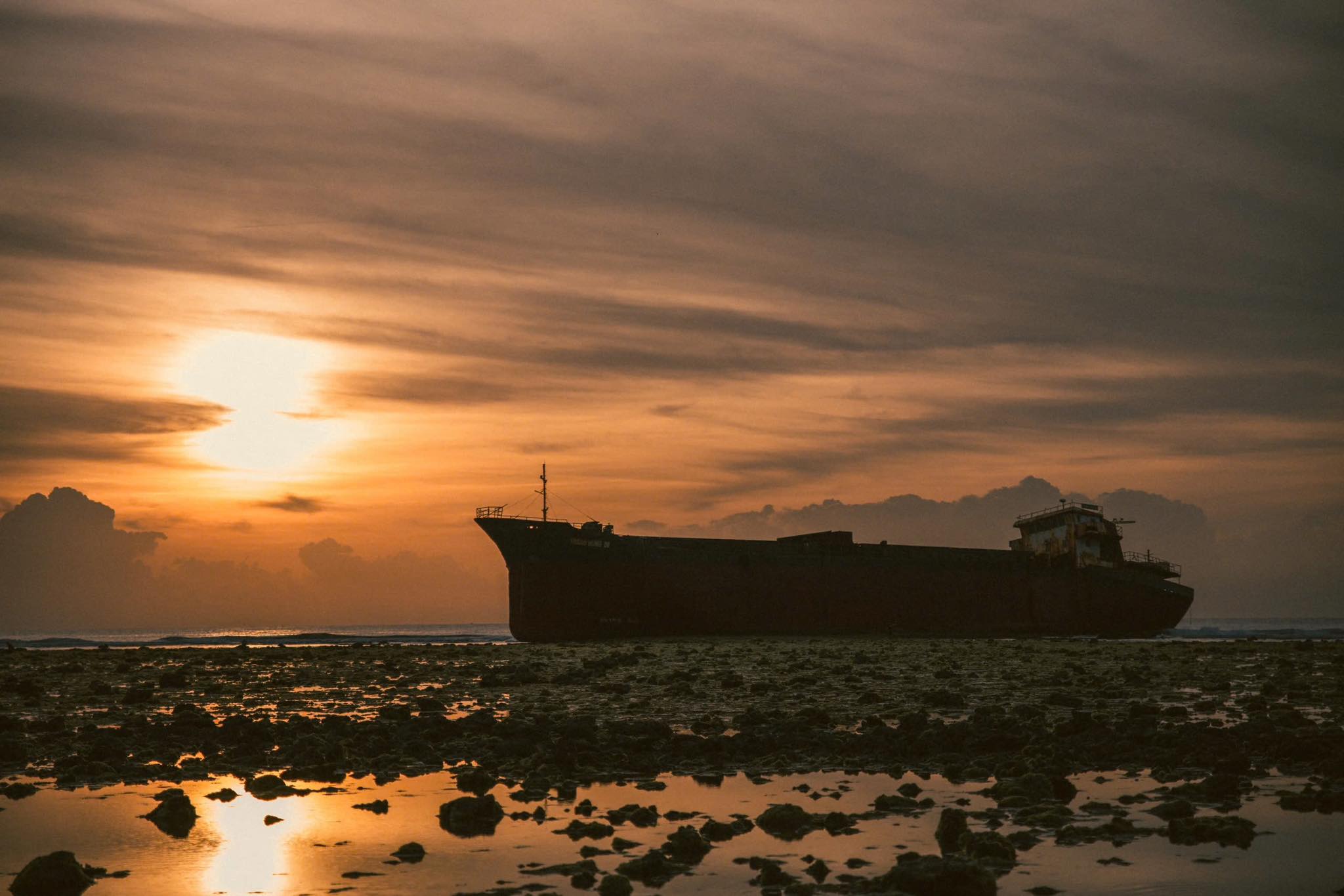
![[Photo] Helicopters and fighter jets practice in the sky of Ho Chi Minh City](https://vstatic.vietnam.vn/vietnam/resource/IMAGE/2025/3/28/3a610b9f4d464757995cac72c28aa9c6)



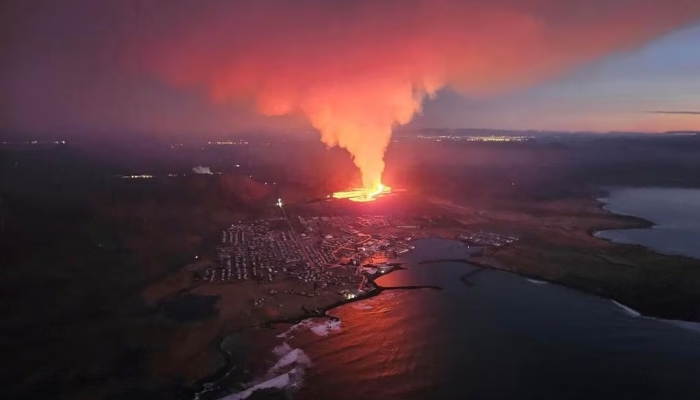






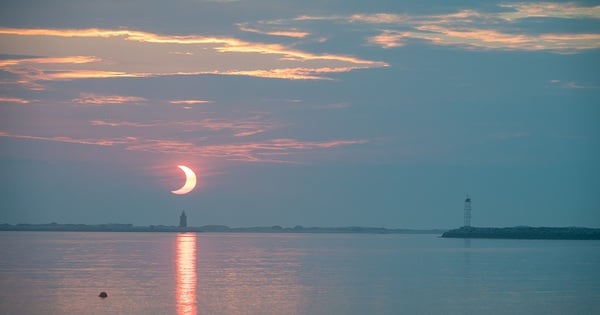
















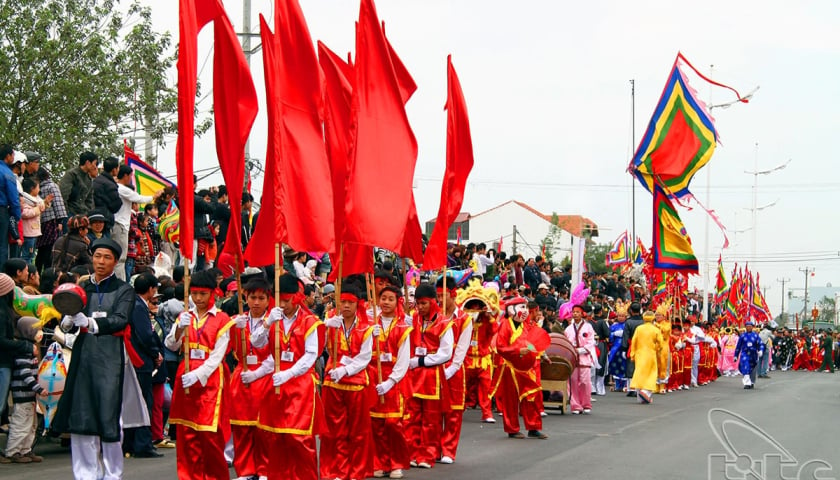



















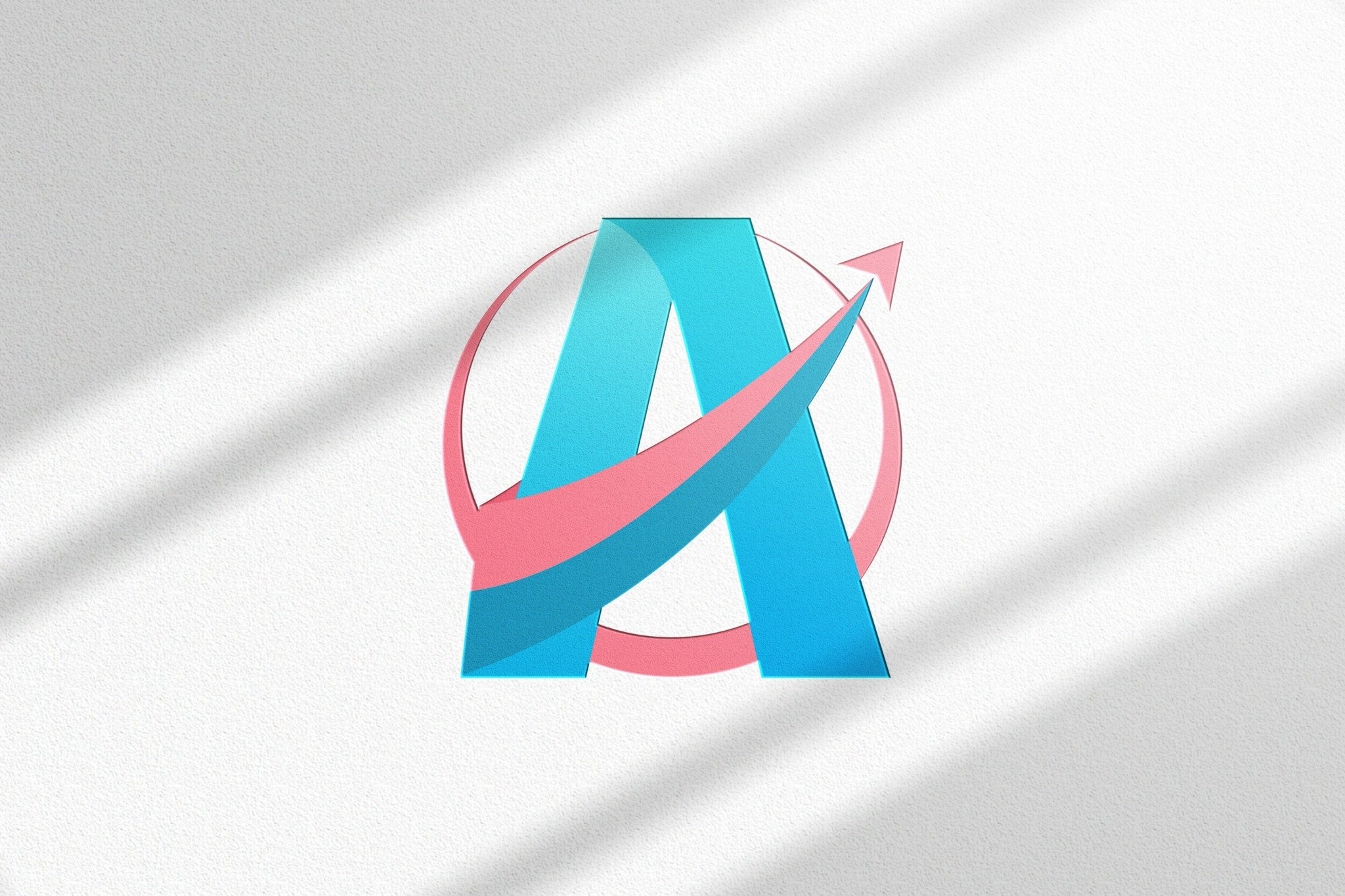

































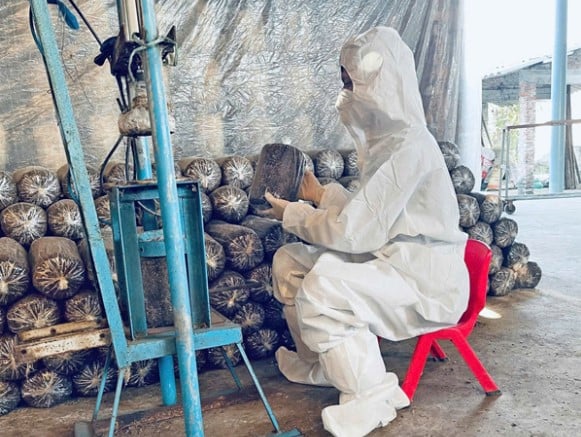


Comment (0)